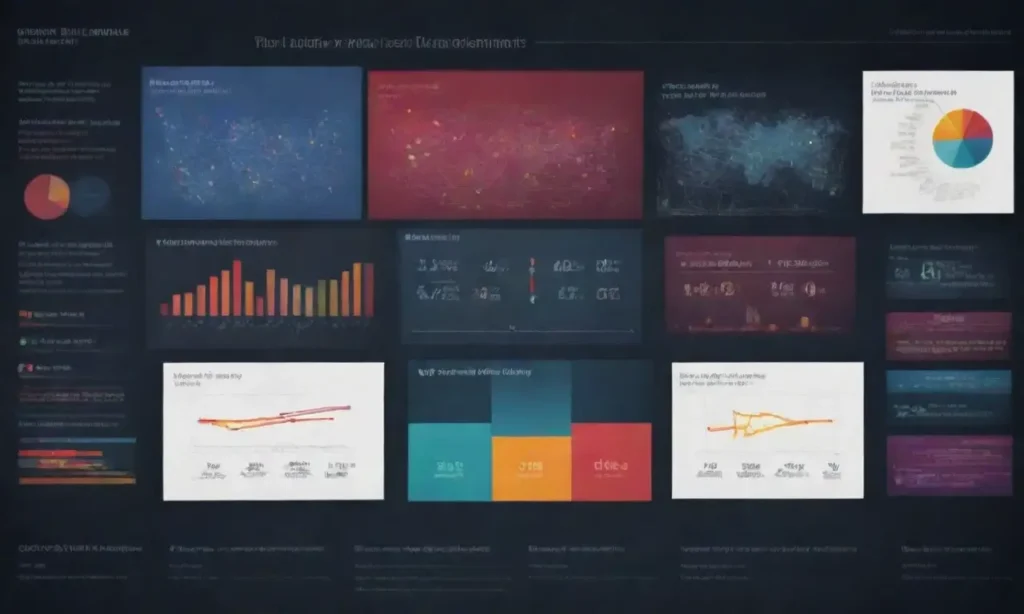
A Deep Dive into Risk Scoring Using Machine Learning Techniques

Introduction
Risk scoring is an essential aspect of various industries, from finance to healthcare, as it aids in decision-making processes by quantifying potential risks associated with specific actions or individuals. With the advent of machine learning (ML) techniques, risk scoring has undergone a significant transformation, enabling organizations to achieve higher accuracy and efficiency in their assessments. These innovations have redeveloped traditional methodologies and introduced capabilities that empower data-driven decision-making.
This article aims to delve into the intricacies of risk scoring using machine learning techniques. We will explore the underlying principles of risk scoring, the impact of machine learning on various sectors, the challenges faced in implementation, and future trends that could shape the landscape of risk assessment. Let's journey through this analytical process and uncover the fascinating synergy between risk scoring and machine learning.
Understanding Risk Scoring
Risk scoring is a systematic approach to assessing and quantifying potential risks associated with a subject, event, or project. The primary objective of risk scoring is to identify high-risk profiles or scenarios that warrant additional scrutiny or preventive action. Typically, this assessment involves the use of numerical values representing the degree of risk, derived from various factors and historical data.
In its traditional form, risk scoring often relies on expert judgment and predefined indicators, which could lead to biases and inconsistencies in assessments. Organizations would often focus on specific risk factors without leveraging comprehensive datasets. However, the integration of machine learning techniques has revolutionized the approach to risk scoring, allowing for a more sophisticated analysis of vast amounts of data to identify patterns and correlations that would have been otherwise overlooked.
When utilizing ML in risk scoring, the framework shifts to a more dynamic process where algorithms learn from data to predict risk levels. For instance, financial companies may analyze credit scores alongside transaction histories and behavioral patterns to evaluate an applicant’s risk profile. In healthcare, risk scoring can predict patient outcomes based on historical medical records and patient demographics. This advancement has elevated risk scoring from a subjective determination to a data-driven predictive model.
The Role of Machine Learning in Risk Scoring
Machine learning techniques significantly enhance the accuracy and speed of risk scoring assessments. One of the primary advantages of employing machine learning is its ability to process and analyze unstructured data from multiple sources, uncovering hidden insights and correlations. This power contributes not only to improved risk assessments but also to more tailored and timely decision-making.
Types of Machine Learning Techniques Used in Risk Scoring
Several machine learning techniques are particularly effective in risk scoring frameworks:
Supervised Learning: This involves training a model on a labeled dataset where inputs are associated with predefined outputs. For example, in credit risk scoring, a model could be trained using historical credit reports with labels indicating whether the borrower defaulted. The model learns to identify patterns associated with higher delinquency rates and uses that knowledge for future assessments.
Unsupervised Learning: Unlike supervised learning, this method does not rely on labeled outputs. It seeks to uncover hidden structures within data. For instance, clustering algorithms can segment clients into different risk categories based on behavioral patterns in transaction data, leading to a deeper understanding of risk demographics.
Reinforcement Learning: This approach focuses on learning optimal actions through trial and error, making it suitable for dynamic environments, such as financial markets. For example, an investment model could adapt to market conditions by continuously learning and adjusting its risk strategies based on new information.
Impact on Different Sectors
The application of machine learning in risk scoring transcends multiple sectors, each reaping significant benefits:
Finance: Financial institutions utilize ML-driven risk scoring to enhance fraud detection and credit underwriting processes. Automated algorithms analyze countless data points faster than any manual method, improving both efficiency and accuracy in risk determining.
Healthcare: Machine learning enhances patient risk scoring by predicting health outcomes based on various health indicators, such as age, previous diagnoses, and lifestyle factors. It can help prioritize patients needing urgent care while optimizing resource allocation in healthcare facilities.
Insurance: Companies leverage machine learning techniques to personalize insurance premiums based on the individual's risk profile. By analyzing vast datasets, insurers can determine fair rates and minimize losses due to high-risk policyholders.
Challenges in Implementing Machine Learning for Risk Scoring

Despite the significant advantages of machine learning in risk scoring, there are challenges associated with implementation that organizations must address. These obstacles need careful consideration to ensure the success of machine learning initiatives.
Data Quality and Availability
One of the primary challenges faced by organizations is the availability and quality of data. Machine learning models rely heavily on high-quality datasets for training and validation. In many scenarios, organizations might not have access to comprehensive datasets, which could lead to biased models. Moreover, duplicate, inconsistent, or missing data can introduce errors in the model's predictions, ultimately impacting the reliability of risk scoring.
To overcome these issues, organizations must invest in data cleaning and integration processes. Ensuring that all relevant data sources are consolidated and standardized will provide better training datasets for machine learning models. Furthermore, organizations can create enhanced data governance frameworks to maintain data integrity over time.
Addressing Bias in Machine Learning Models
Another critical challenge is the potential for bias in machine learning models. Algorithms learn patterns from historical data, which may contain biases present in decisions made in the past. For instance, if a historical dataset used for training contains biases against certain demographics, the resulting model could perpetuate those biases in risk assessments.
To avoid bias in machine learning models, it is essential to implement fairness criteria in the model design process. Continuous monitoring of the model's outputs is also vital, allowing organizations to identify and adjust for any discrepancies in risk scoring that may arise as societal norms and values change. Additionally, involving diverse perspectives in the modeling process can help address bias and improve risk scoring reliability.
Regulatory Compliance
As organizations increasingly adopt machine learning for risk scoring, they must also navigate various regulatory requirements and industry standards. Many sectors, particularly finance and healthcare, are subject to stringent regulations protecting individual privacy, data usage, and algorithmic transparency. For example, organizations may need to demonstrate compliance with regulations such as GDPR in Europe or HIPAA in the U.S.
To ensure compliance, companies must develop clear documentation processes, promote transparency in algorithms, and continually evaluate risk scoring methodologies. Engaging legal and compliance experts throughout the development process will help organizations align their risk scoring techniques with regulatory expectations.
Future Trends in Machine Learning Risk Scoring
As machine learning continues to evolve, its impact on risk scoring is likely to expand, reflecting innovative methodologies and applications. Organizations should stay informed about emerging trends that could shape the future landscape of risk assessment.
Enhanced Interpretability and Explainability
As regulatory pressures increase, there is a growing demand for explainable AI. Stakeholders require insights into how models are making decisions to trust the risk scoring process. Future developments in machine learning will likely focus on improving the interpretability of algorithms, enabling organizations to provide comprehensive explanations for the risk scores generated. Implementing visualizations and user-friendly interfaces can foster trust in the machine learning models used for risk scoring.
Real-Time Risk Scoring
Advancements in technology and data processing capabilities mean organizations can harness real-time data for dynamic risk assessments. Real-time risk scoring allows organizations to adjust their decision-making processes based on current landscapes, facilitating proactive responses to rapidly changing market conditions or risk factors.
Integration of AI and Human Expertise
While machine learning significantly enhances risk scoring, human intuition and expertise remain invaluable. Future trends may involve a collaborative approach that combines the strengths of both humans and machines. Organizations can leverage AI-generated insights while incorporating human judgment in the decision-making process, leading to more nuanced and comprehensive risk assessments.
Conclusion
The integration of machine learning techniques into risk scoring systems heralds a new era of precision and efficiency across several industries. While challenges such as data quality, bias, and regulatory compliance persist, addressing these issues will enhance the reliability and applicability of risk assessments.
As organizations navigate this landscape, they must remain adaptable and ready to embrace future trends shaping risk scoring methodologies. By fostering a culture of continuous learning and leveraging the strengths of both machine learning and human expertise, organizations can ensure they are equipped to tackle evolving risks and make informed, data-driven decisions.
Ultimately, the synergy of risk scoring and machine learning will pave the way for a more predictive, transparent, and fair risk assessment process that benefits organizations and individuals alike in an increasingly complex world.
If you want to read more articles similar to A Deep Dive into Risk Scoring Using Machine Learning Techniques, you can visit the Risk Assessment category.



You Must Read